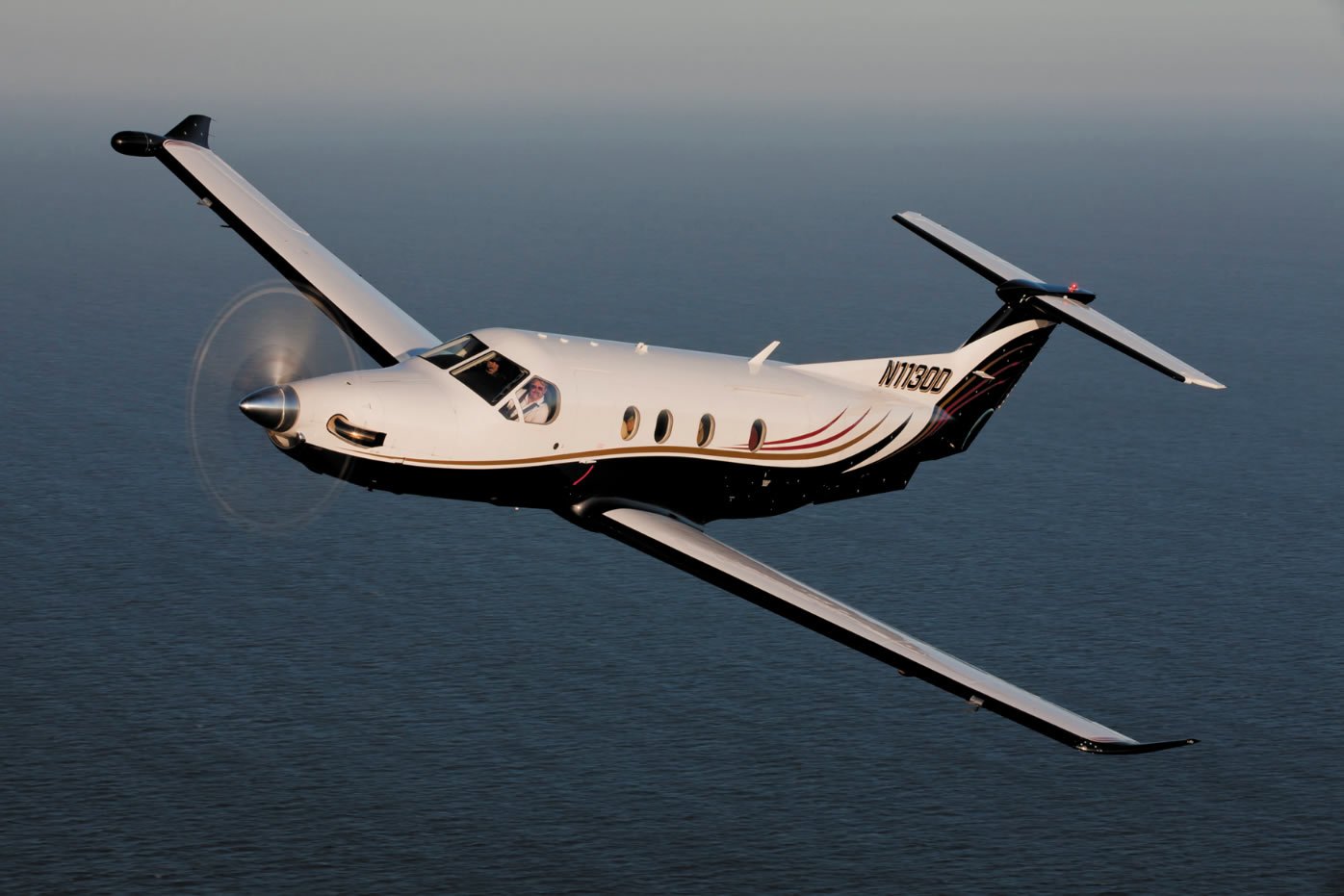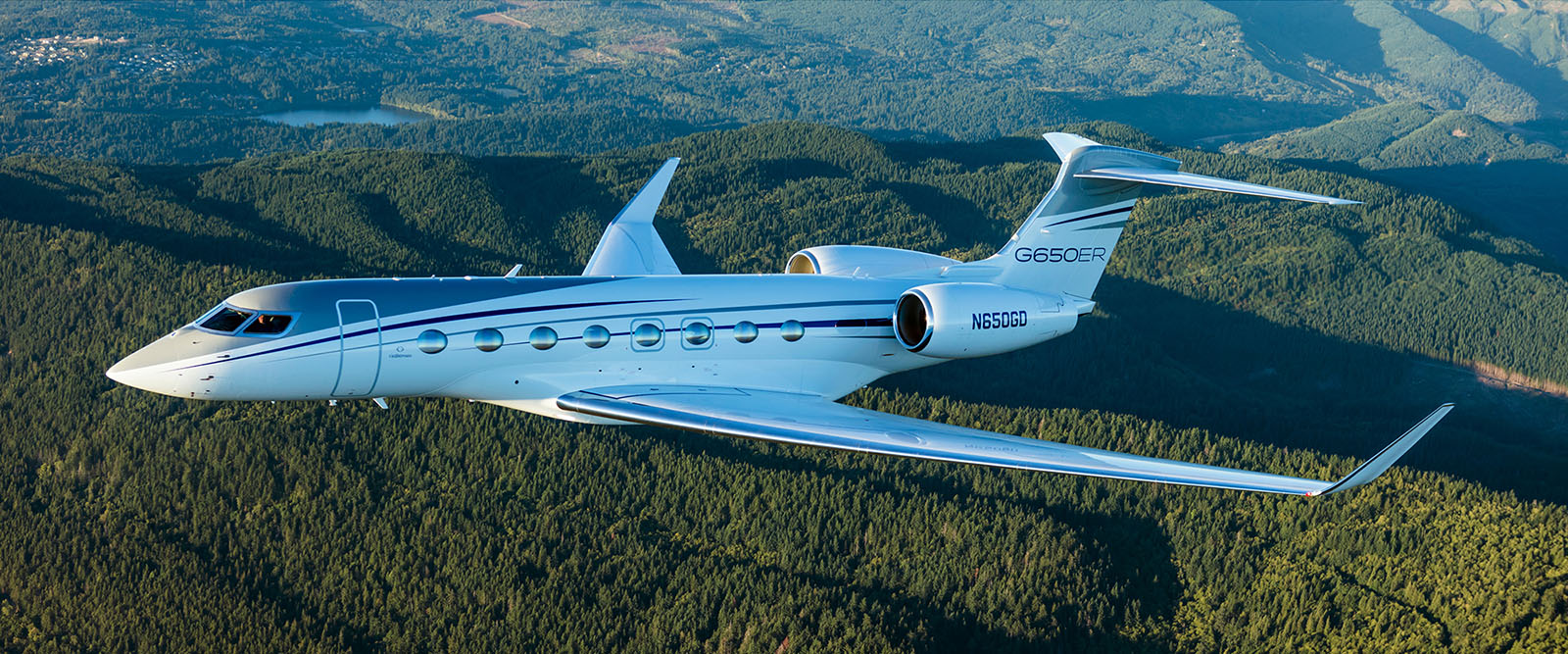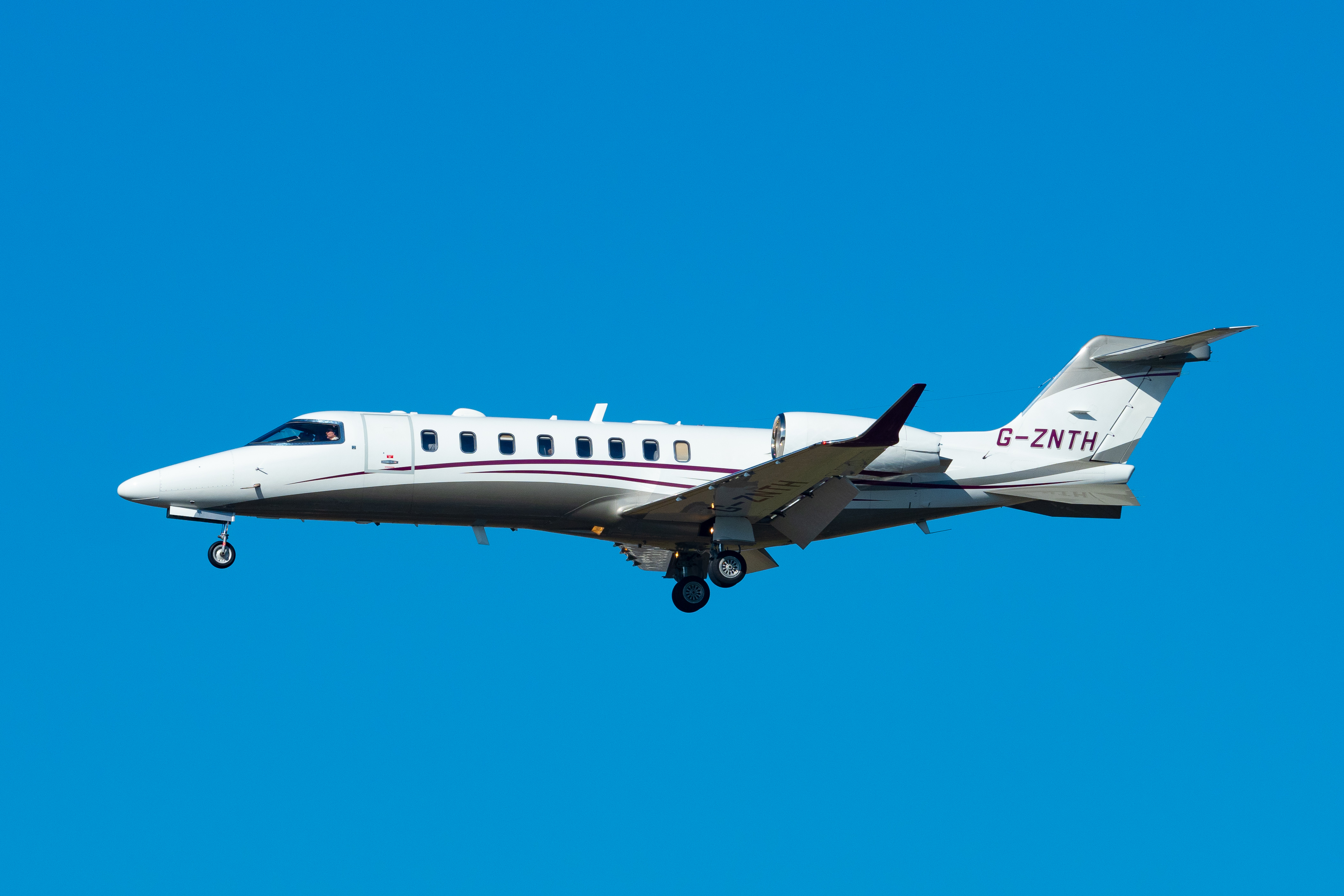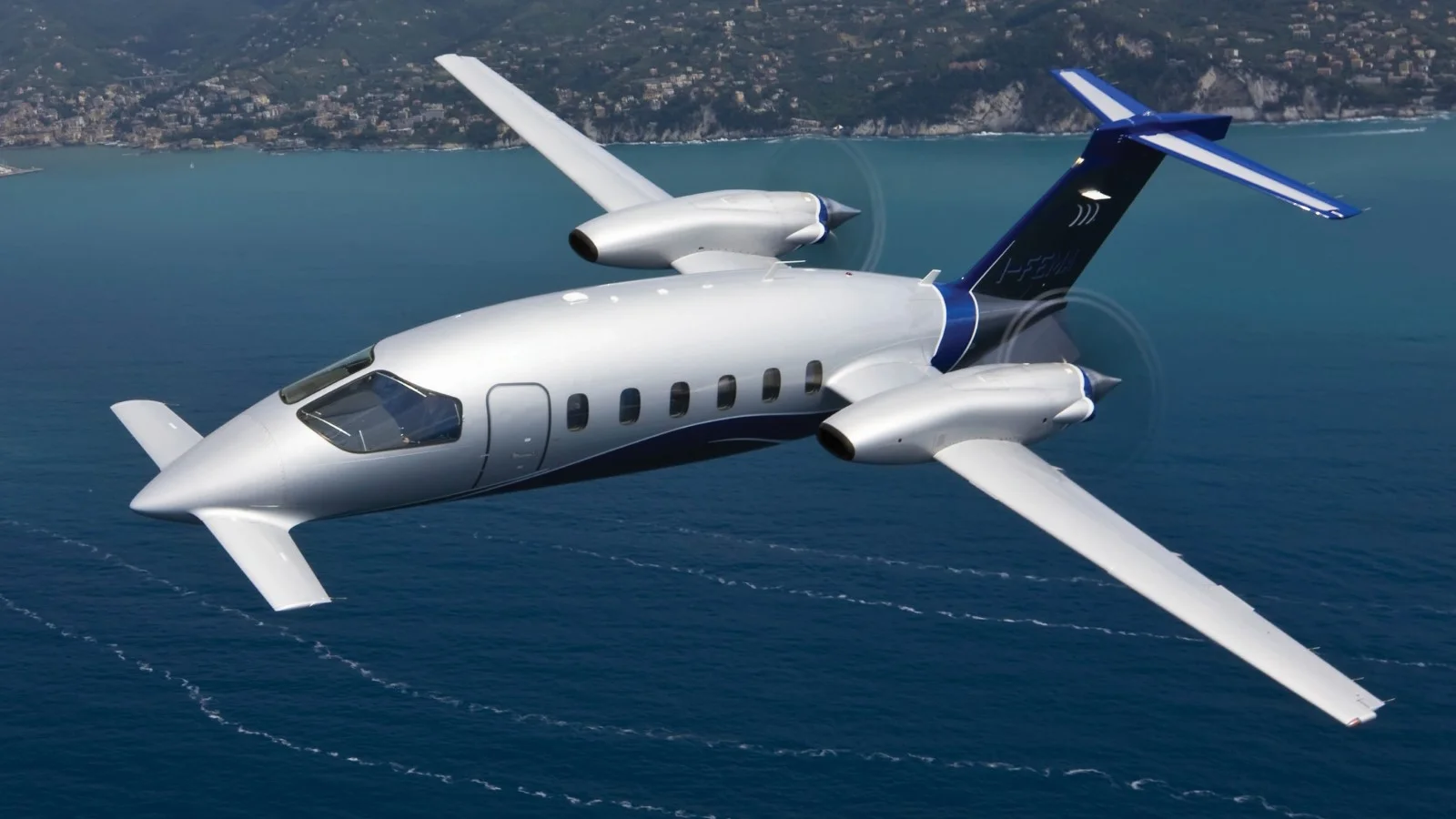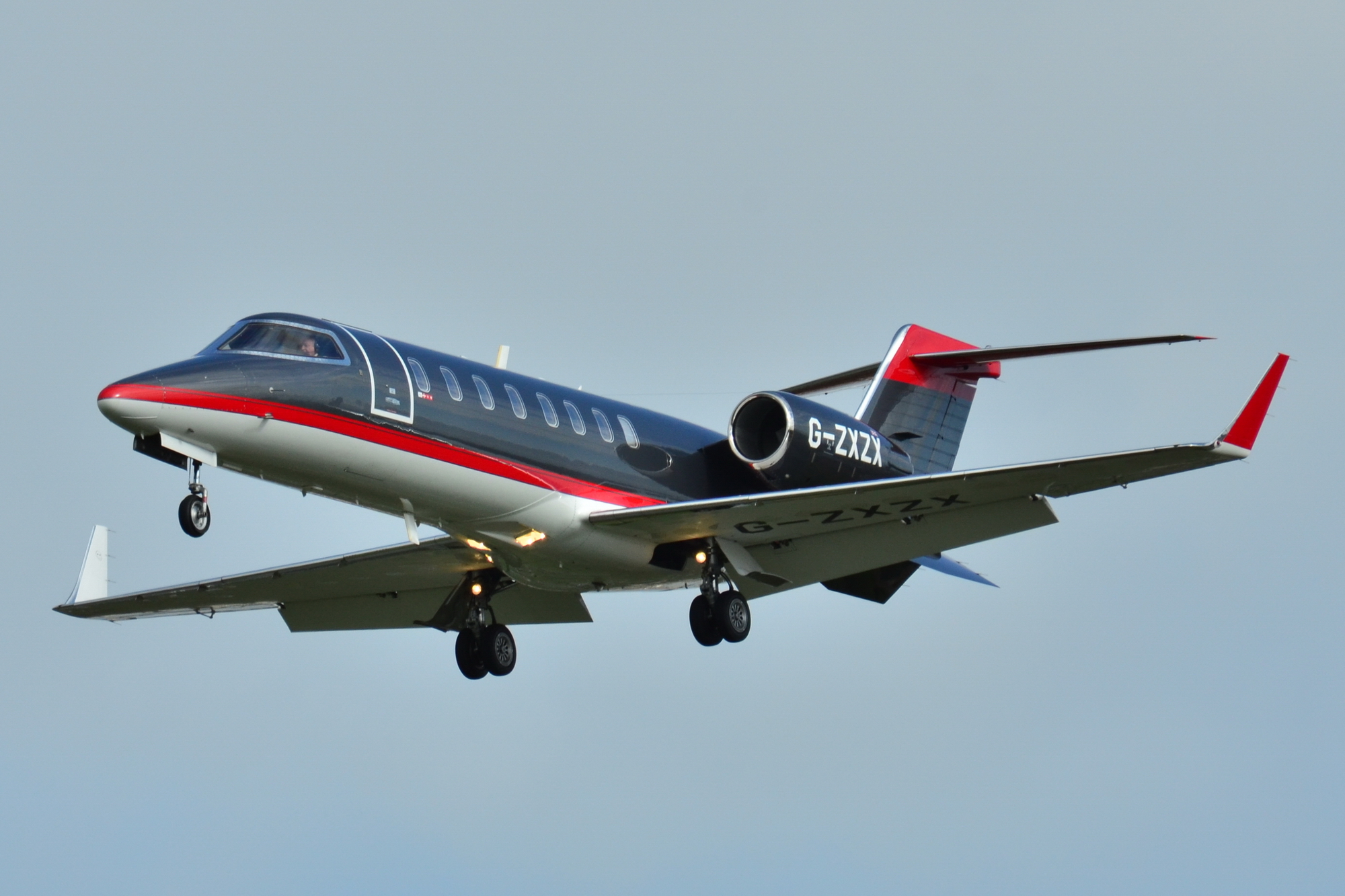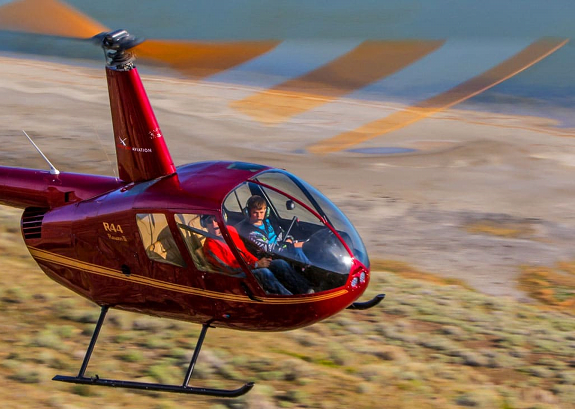The Learjet 60: A Mid-Size Jet That Almost Got It Right
8 min read
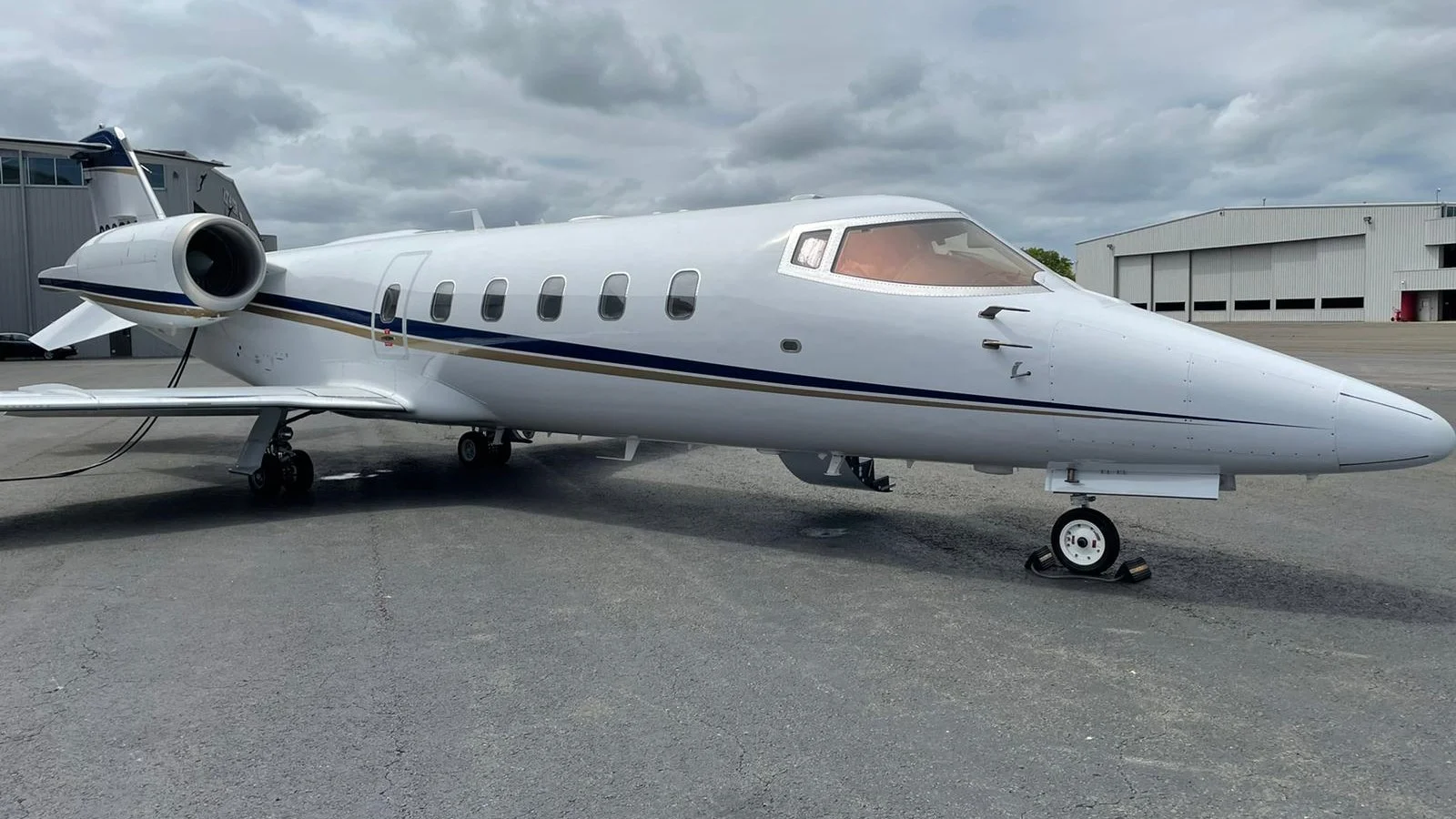
When you think about business jets that defined the 1990s, the Learjet 60 probably deserves more credit than it gets. Sure, it wasn't perfect (what aircraft is?), but this midsize jet was something important for Bombardier and the entire business aviation industry. It was their chance to prove they could take the iconic Learjet name and actually improve on it, rather than just coast on the brand's legendary reputation for speed and style.
In this review, we'll dig into what made the Learjet 60 tick, from its development story and performance capabilities to its cabin design and operational characteristics. Whether you're considering one for purchase, curious about its place in aviation history, or just want to understand what made this midsize jet special, we'll cover the good, the bad, and everything in between.
Development: Getting Back to Winning Ways

The story of how the Learjet 60 came to be is really the story of Bombardier trying to save a legendary but struggling brand. When they announced the project in October 1990, just months after acquiring Learjet, the pressure was on. They had less than $100 million to work with and a three-year timeline to get the aircraft certified. That's not a lot of money or time in the aircraft development world.
What's interesting is how they approached the challenge. Instead of starting from scratch, they took the Learjet 55 and essentially asked, "How do we make this work?" The answer involved some pretty clever engineering:
- Aerodynamic improvements that reduced drag by 4% through new wing cuffs and fairings
- "Ogive" winglets that not only looked distinctive but actually improved efficiency
- Delta fins replacing the single ventral fin for better stability and stall characteristics
- More powerful engines to address the performance complaints from the 55
The first prototype took to the skies on October 10, 1990, which was pretty remarkable timing considering the project had only been announced that same month. Getting FAA certification in January 1993 meant they actually beat their three-year target, which is almost unheard of in aircraft development.
Deliveries started that same year, and suddenly Bombardier had a legitimate competitor in the midsize business jet market.
Performance: Where the Learjet 60 Really Shines
If you want to understand why people still get excited about the Learjet 60, you need to talk about climb performance. This thing goes up like it's been shot out of a cannon. We're talking 41,000 feet in 18.5 minutes at maximum weight, that's impressive even by today's standards, and it was absolutely stellar back in the 1990s.
Speed-wise, the Learjet 60 hits that sweet spot that made Learjets famous. Maximum speed comes in at Mach 0.81, which translates to about 466 knots. That's genuinely fast. For long-range cruising, you're looking at 436 knots, and the fuel burn averages around 1,300 pounds per hour at cruise. Those aren't just good numbers, they're the kind of numbers that make flight departments happy and passengers even happier.
Range is where things get interesting. With four passengers and NBAA reserves, you're looking at 2,405 nautical miles. That's legitimate transcontinental capability right there. New York to Los Angeles? No problem. London to Moscow? Easily done.
But here's where the Learjet's heritage starts to show both its strengths and weaknesses. Those relatively small wings, just 265 square feet, are part of what makes this aircraft so fast and efficient in cruise. The fuel efficiency curve is actually quite impressive: first-hour burn starts at about 1,800 pounds, but by the fourth hour, you're down to around 1,200 pounds per hour. That's solid efficiency for a speed demon.
The flip side? Those same small wings mean higher approach speeds and longer runway requirements. You're typically looking at 5,000 to 7,000 feet of runway, depending on conditions, with the book calling for 5,450 feet at sea level but stretching that to 8,520 feet when you factor in high altitude and hot weather. That's not terrible, but it's not exactly short-field performance either.
The Cabin Question
Here's where we need to have an honest conversation about the Learjet 60's interior. The cabin measures 17.7 feet long, 5.9 feet wide, and 5.7 feet tall. For context, that's noticeably smaller than what you'd find in competing aircraft like the Citation VII or the Hawker 800. But before you write it off entirely, there's more to consider.
Those dimensions translate to a cabin that feels... well, cozy is probably the diplomatic way to put it. You're not going to confuse this with a Gulfstream, that's for sure. But Bombardier did make some smart choices with the space they had to work with.

The large windows are genuinely impressive; they create a sense of openness that helps offset the relatively tight quarters. When you're cruising at altitude with those panoramic views, the cabin doesn't feel quite as constrained as the measurements might suggest.
The standard layout includes a forward galley and an aft lavatory, which is pretty much what you'd expect in this class. What's interesting is how much the cabin has evolved over the years through various upgrade options:
- Modern connectivity with WiFi capabilities that weren't even dreamed of when the first 60s rolled off the line
- LED lighting systems that can dramatically change the cabin ambiance
- Surround sound entertainment for those longer transcontinental flights
- Advanced air conditioning and heating that maintains comfort even at maximum altitude
The baggage situation is actually one of the Learjet 60's stronger points. With 71 cubic feet split between internal and external compartments, you've got more luggage capacity than many competing aircraft. That's genuinely useful for longer trips or when you're carrying golf clubs, skis, or other bulky items.
Cabin pressurization maxes out at 8.5 psi, which translates to a cabin altitude of about 6,000 feet when you're cruising up at 45,000 feet. It's not the best pressurization system in the business; some newer aircraft do better, but it's certainly adequate for most missions. You'll feel fresh enough stepping off after a cross-country flight.
The real question is whether the cabin works for your typical mission profile. If you're usually flying with two or three passengers who don't mind being close friends for a few hours, the Learjet 60 can be quite pleasant. If you regularly need to accommodate six tall passengers who want to work or sleep comfortably, you might want to look elsewhere. It's that simple, really.
The Avionics Evolution Story
When the original Learjet 60 hit the market in 1993, it came equipped with what was considered pretty advanced stuff for the time: the Honeywell Pro Line 4 avionics suite. This was back when having four large displays in the cockpit was genuinely impressive. And the integrated hub-and-spoke design centered around the Integrated Avionics Processing System (IAPS) felt like stepping into the future.
But here's the thing about avionics: they age in dog years. What seemed cutting-edge in 1993 started feeling pretty antiquated by the early 2000s.

Bombardier recognized this problem and addressed it with the 2007 Learjet 60XR upgrade. Out went the Pro Line 4, and in came the Rockwell Collins Pro Line 21 suite, a fully digital, fully integrated system that brought the cockpit into the modern era:
- FMS-5000, which actually reduced pilot workload instead of adding to it
- Enhanced multi-function displays that could show you just about anything you needed to see
- Attitude heading reference system (AHRS) for improved reliability and accuracy
- Electronic charts that finally eliminated the need for paper approach plates
- Dual FMS capability for redundancy and operational flexibility
The difference was night and day. Pilots who transitioned from early Pro Line 4 aircraft to the XR version often described it as flying a completely different airplane. The automation was smoother, the displays were clearer, and the overall workload was significantly reduced.
The Reality of Operating Costs
Next, let's talk money because that's what ultimately determines whether the Learjet 60 makes sense for your operation. The numbers can be a bit all over the place depending on who's doing the calculating and what assumptions they're using, but we can get a pretty good picture of what you're looking at.
The baseline assumptions here are U.S. operations with fuel at $6 per gallon (which feels optimistic these days, honestly) and typical crew and hangar costs. Your annual flight hours make a huge difference in the per-hour economics, as you'd expect with any aircraft.
If you're flying 200 hours a year, you're looking at roughly $926,000 in total operating costs. Bump that up to 400 hours, and you're at about $1.47 million. The sweet spot for many operators seems to be around 300 hours annually, where the math works out to approximately $1.56 million total, or about $5,200 per flight hour.
What Makes It Special (And What Doesn't)
The Learjet 60 is fundamentally a product of its heritage, and that’s what makes the aircraft both brilliant and frustrating.
The Good Stuff:
The climb performance is genuinely spectacular. Hitting 41,000 feet in under 19 minutes with a max speed of Mach 0.81 puts this aircraft in elite company. Those PW305A engines deliver 4,600 pounds of thrust each, giving you what some pilots describe as "rollercoaster-like" takeoffs. The fuel economy at cruise, 1,200 to 1,300 pounds per hour, beats most competitors while covering more ground.
The 2,405 nautical mile range opens up genuine transcontinental missions, and you'll find these aircraft in specialized government roles from calibration work to VIP transport.
The Not-So-Good:
The cabin is just plain tight. At 17.67 feet long, it's noticeably smaller than competitors like the Hawker 800XP. Eight to ten passengers on a long flight? Good luck keeping everyone happy. The XR improved ergonomics but couldn't magically create more space.
Runway performance is where the compromises really bite. You need 5,000 to 7,000 feet of runway, and hot/high performance gets ugly fast. The brake and wheel components, inherited from earlier models, have contributed to this class having one of the highest accident rates. This aircraft doesn't forgive pilot errors.
Final Thoughts
The Learjet 60 represents something that's increasingly rare in business aviation: an aircraft with genuine character. It's fast, reliable, and climbs like nothing else in its class. It's also cramped, runway-hungry, and unforgiving of mistakes.
Whether that trade-off works for you depends entirely on your mission profile. If you regularly fly two to four passengers on transcontinental routes and value speed above all else, the Learjet 60 can be absolutely brilliant. If you need flexible runway options, spacious accommodations, or forgiving handling characteristics, you'll probably be happier with something else.
